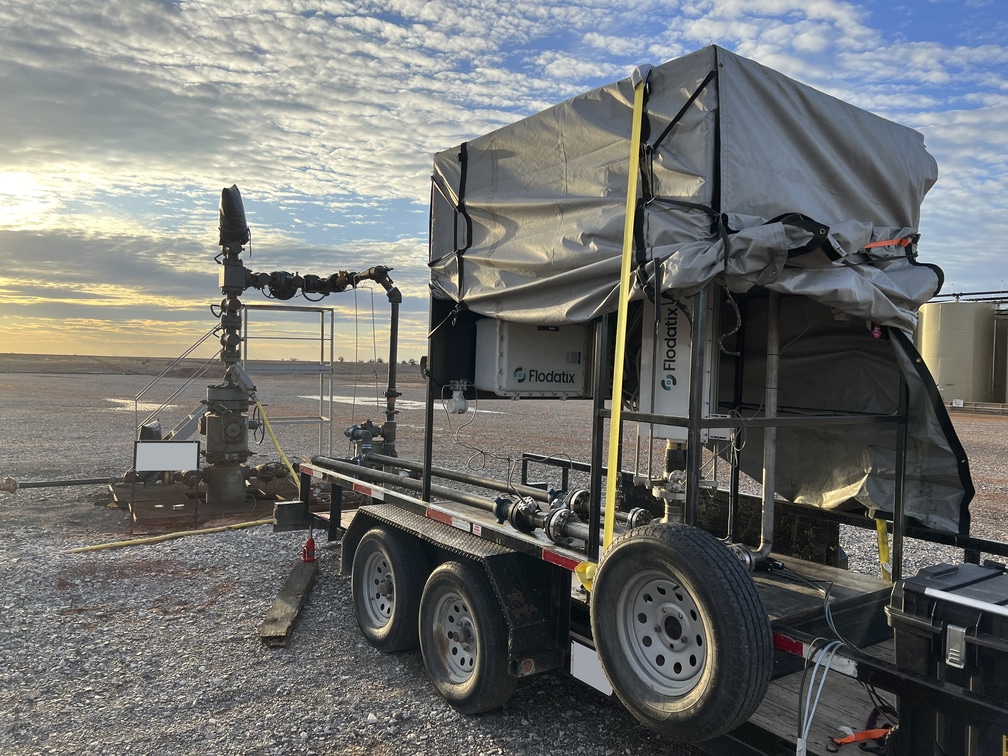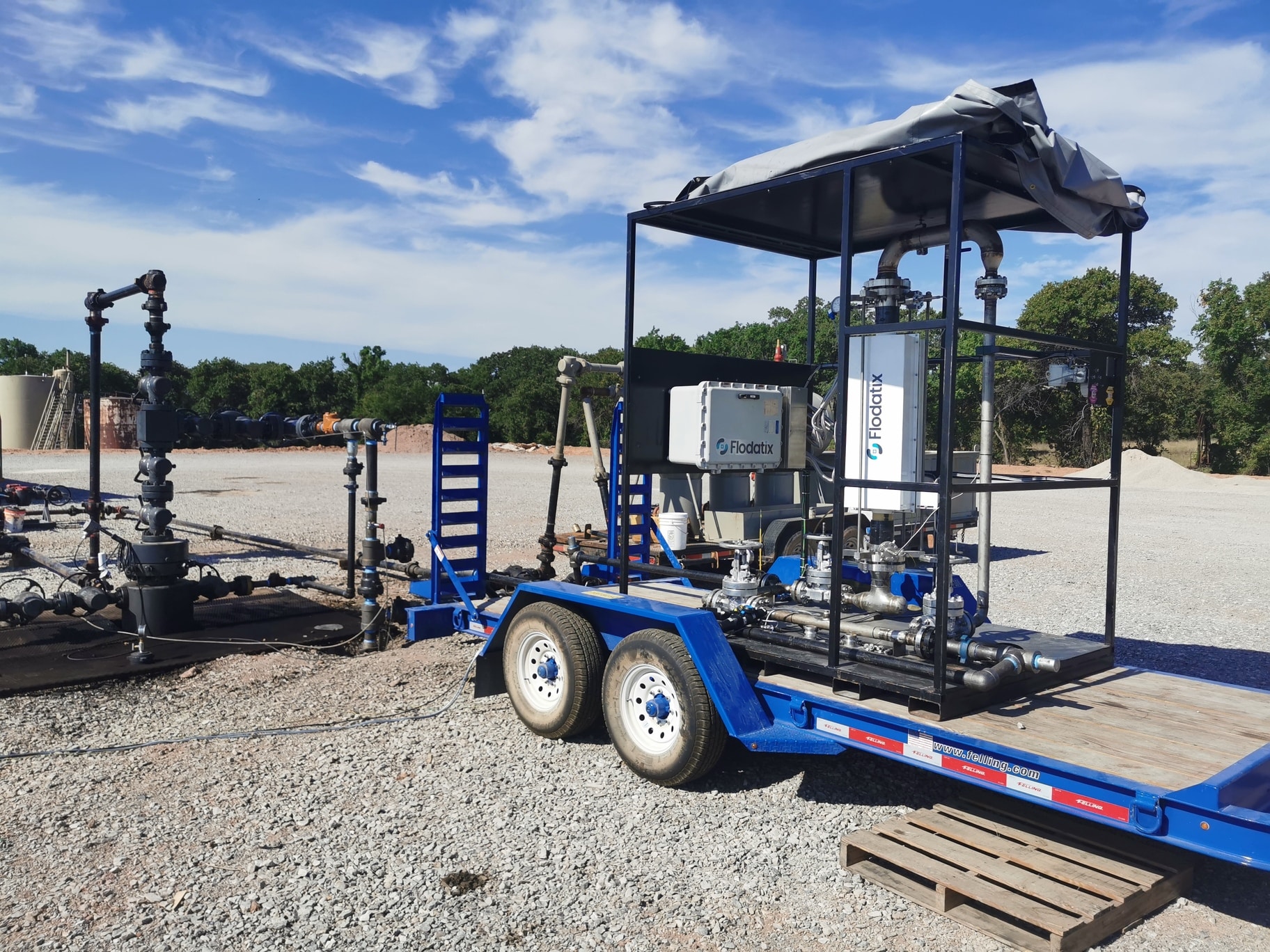Concerns regarding methane emissions are at the forefront of operations for oil & gas companies. This blog addresses the impact of methane production on ESG ratings, the financial implications of a poor ESG score, the environmental consequences of methane emissions, and the transformative capabilities of the T-Viz Meter in mitigating methane leaks for engineers at Exploration and Production (E&P) companies.
Understanding ESG Ratings and the Impact of Methane Production
ESG ratings have become crucial for assessing companies’ environmental, social, and governance performance. For engineers at E&P companies, it is essential to recognize how methane production can significantly influence their organization’s ESG rating. Methane emissions are a key factor in evaluating a company’s environmental impact and sustainability practices, making it essential to address methane leaks to improve ESG scores.
The Financial Implications of a Poor ESG Score
Beyond the environmental impact, research shows that a low ESG score can have detrimental effects on a company’s bottom line. Investors and stakeholders increasingly consider ESG performance when making investment decisions, influencing access to capital, cost of capital, and the company’s reputation. By improving their ESG score, E&P companies can enhance financial performance, attract investors, and maintain regulatory compliance.
Methane Reduction Efforts in the Oil & Gas Industry
Methane gas, a potent greenhouse gas, has a substantial impact on the Earth’s atmosphere. To combat its emissions, oil and gas companies have been adopting various strategies.
One of the key methods employed by these companies is the electrification of oil and gas platforms. By shifting away from traditional fossil fuel-powered equipment and utilizing electricity from cleaner sources, emissions can be significantly reduced.
Integration with renewable assets is another crucial step taken by oil and gas companies to reduce their carbon footprint. This integration not only reduces methane emissions but also promotes the diversification of energy sources, making the energy sector more resilient and environmentally responsible.
Stemming fugitive leaks of methane along the entire value chain is also another key strategy in preventing unintended releases. These unintended leaks can occur during the extraction, transportation, and processing of oil and gas.
Chevron serves as an excellent example of a successful methane reduction plan. The company’s North American exploration and production president, Steve Green, proudly stated that their greenhouse gas intensity has been reduced by an impressive 48% since 2016. Chevron achieved this reduction through significant investments in projects aimed at reducing methane emissions and flaring while also demonstrating a forward-thinking mindset in facility design, technology implementation, and cross-sector partnerships to drive progress in sustainable practices.
By adopting such measures, oil and gas companies can play a vital role in supporting the transition to a more sustainable energy landscape.
Stem Fugitive Leaks with the T-Viz Meter
E&P engineers can rely on the T-Viz Meter, a groundbreaking multiphase flow meter, to address methane leaks effectively. Unlike traditional separators that are bulky and occupy considerable space, the T-Viz Meter offers a compact solution. Its advanced technology enables simultaneous measurement of oil, gas, and water flow while minimizing the potential for methane leaks. By eliminating the extensive pipe connections and flanges present in separators, the T-Viz Meter significantly reduces the risk of methane leakage, improving operational efficiency and environmental performance.
Advantages of the T-Viz Meter: Space, Precision, and Safety
The T-Viz Meter’s compact design eliminates the need for large separators, freeing up valuable space at oil and gas facilities. With fewer pipe connections and flanges, the risk of methane leakage is significantly reduced, enhancing safety measures and minimizing environmental impact. Additionally, the T-Viz Meter provides precise measurements of multiphase flow, allowing engineers to optimize production processes and improve overall operational efficiency.
For production engineers, facility engineers, and operations engineers at E&P companies, addressing methane leaks and improving ESG ratings are critical priorities. The T-Viz Meter presents a game-changing solution, unlocking the potential to revolutionize methane leak detection while offering space efficiency, precision, and enhanced safety. By adopting the T-Viz Meter, engineers can significantly reduce methane emissions, improve their company’s ESG rating, and contribute to a more sustainable and profitable future for the oil and gas industry. Embracing innovative technologies is key to ensuring environmental responsibility and operational excellence in the pursuit of a greener energy landscape.


